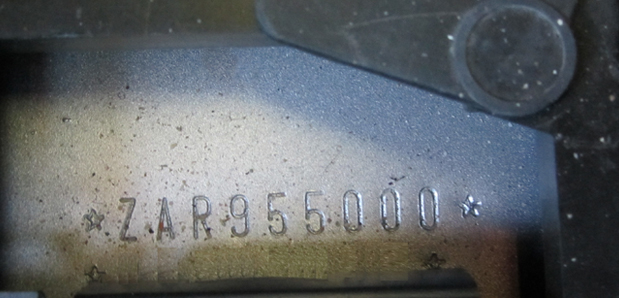
Many people think that buying a used car from the advert is a lot of risk. Of course, there is a good chance that the condition of the car described in the advertisement is completely different from the real one. However, there is a way to check if the seller is trying to cheat us. What? Checking the VIN number.
VIN Star decoder
What is VIN? This is the identification number assigned to each vehicle. It contains important information about the technical condition of the vehicle, such as eg the country of production, model year, type of drive, engine version, equipment options.
When buying a car, if you want to know the history of the vehicle, it is worth knowing the VIN number of the vehicle. The problem may be to locate this sequence of numbers and letters, because each Star model has it in a different place. Place VIN in a given model you can check on numervin.com. After this search you can start thinking about decoding the VIN number. For what purpose? For example, to find out if the car has been stolen. You can get all the information you want for free if you enter the number on the website in the right place.
This report is an indispensable aid in verifying the Star in use. The information contained in its composition is a basic set of data necessary to know its history. All information included in the report is an indispensable part of checking the car. We invite you to familiarize yourself with the scope of information available on the autoDNA report.
VIN number what is that?
The VIN, or Vehicle Indentification Number, is a unique vehicle identification number that contains numerous and important information about a car. The VIN contains information such as country of manufacture, model year, drive type, engine version, equipment options, among others.
VIN numbers were first used in 1954 in the United States. Car manufacturers such as Star were already marking their cars in this way. Marking of this type began to be used by manufacturers in Europe. However, the first numbers looked different. It was not until the 1980’s (1981 to be exact) that the world’s manufacturers, along with American manufacturers, finally agreed on this issue.
In 1981, the National Highway Traffic Safety Administration in the United States standardized the format. Cars sold should include a 17-character VIN that does not contain the letters I (I), O (o) or P (q) (to avoid confusion with the numbers 1 and 0).
A common standard has therefore been developed to facilitate the police, insurance companies and used car dealers. From now on, each car’s VIN has 17 characters – letters and numbers.


 EN
EN  PL
PL  RU
RU  DE
DE  HU
HU  EE
EE  LV
LV  RO
RO  SI
SI  CZ
CZ  LT
LT 